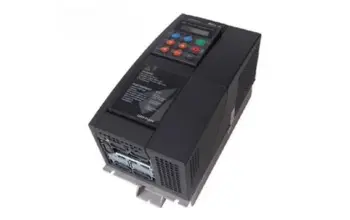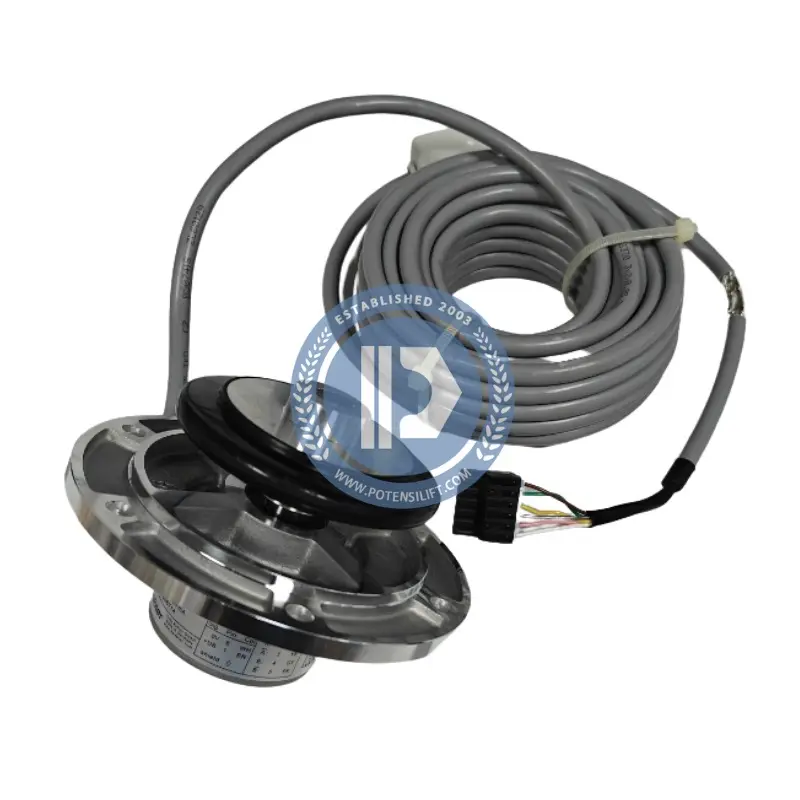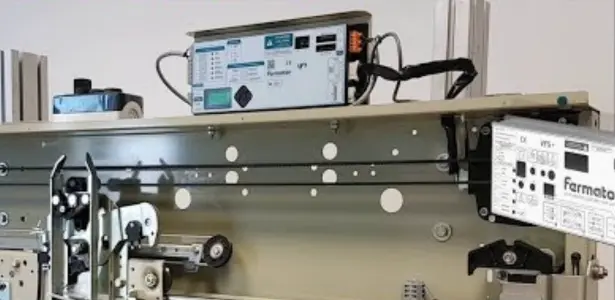A malfunctioning elevator door controller can lead to delays, passenger safety risks, and unnecessary repair costs. Many issues, such as doors failing to open/close, irregular movement, or unexpected re-opening, can be diagnosed and resolved through structured troubleshooting steps.
However, elevator systems are complex, and improper handling can result in serious safety hazards. Always ensure troubleshooting is performed by qualified personnel, and adhere to EN 81-20/50 safety standards. If unsure, consult the manufacturer before making adjustments.
Below, I’ll outline key troubleshooting steps, covering power issues, sensor malfunctions, communication errors, and mechanical faults—along with safety measures to avoid accidental damage.
If the elevator doors fail to move as expected, the door controller is the first component to check. Possible causes include:



Always refer to the error codes displayed on the controller, as they often provide direct diagnostic information.

Resetting the controller may resolve minor glitches, but it must be done with strict safety procedures.
If the issue persists after a reset, avoid repeated restarts—this may indicate an underlying hardware failure.

Door speed irregularities are often caused by incorrect controller settings, mechanical wear, or inconsistent power supply.
Note: Some controllers lock speed settings behind manufacturer permissions. Unauthorized changes may void warranties.
If the doors close but immediately reopen, it is likely due to a faulty safety detection system.
If sensors are functional but the problem persists, check the door motor’s braking mechanism for delayed response.
Unusual sounds like grinding, clicking, or high-frequency humming indicate mechanical wear or misalignment.
Persistent noise should be investigated immediately to prevent further damage.
If the controller fails to communicate with the main elevator system, check:
Only certified technicians should modify communication settings, as incorrect values can disable the entire elevator system.
A failing controller may cause frequent resets, unresponsive controls, or critical errors. However, before replacing, verify that the issue is not caused by power fluctuations or EMI interference.
If replacement is required, ensure the new controller matches the original protocol and integrates with the existing elevator system. Also, synchronize the door drive inverter settings to prevent operational mismatches.
Troubleshooting elevator door controllers requires technical expertise, proper tools, and strict adherence to safety standards. Before making adjustments, always check the power supply, sensor alignment, encoder status, and controller logs. If unsure, consult a certified technician or the manufacturer.
At Potensi, we provide high-quality elevator door controllers, sensors, and motor drives, ensuring smooth operation and long-term reliability. Contact us for certified elevator components that meet international safety standards.
① Get 10% off on your first order.
② Get latest news about our promotion products.
③ Get our sales specialist VIP service 24/7.
④ Get access to our credit payment time.
WhatsApp us
